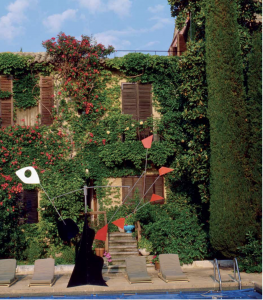Eyal Weizman is the founder of Forensic Architecture, a research agency investigating human rights violations and violence perpetrated by states, police forces, militaries and corporations. Using the latest in spatial and architectural analysis, digital modelling and immersive technologies, as well as documentary research and academic collaboration, its findings have been presented in international courtrooms and cultural institutions worldwide. Here, he reflects on moral paradoxes, making evidence operative and the traces left by trauma
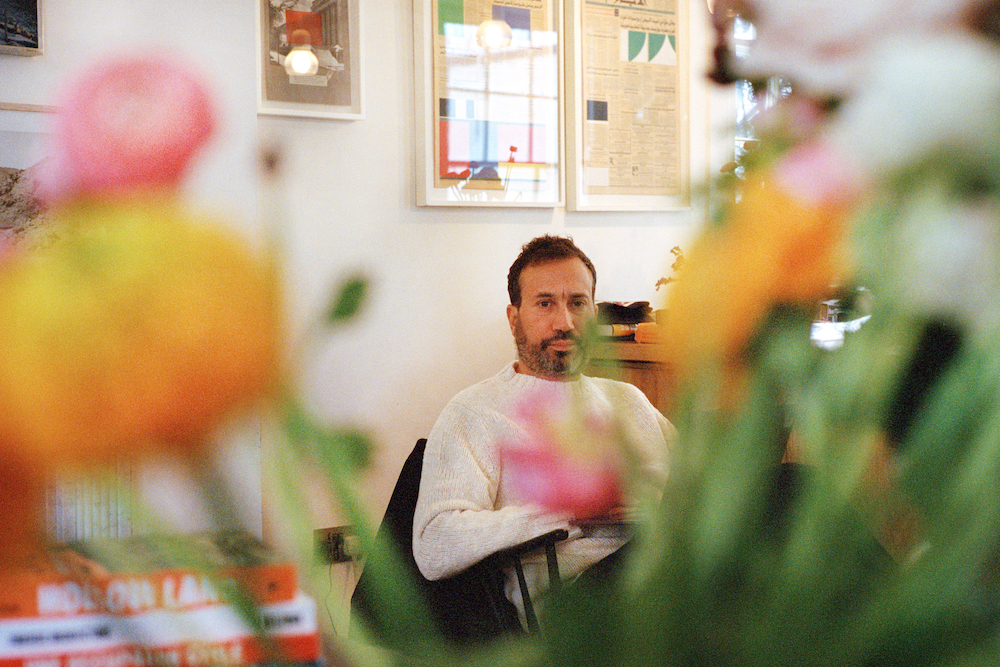
Since establishing Forensic Architecture 12 years ago, Eyal Weizman hasn’t built anything at all. The international group of architects, artists, journalists and programmers are more interested in how and why buildings are destroyed, rather than in constructing new ones. But knowing how to build structures, it turns out, is a useful skill in understanding how buildings die.
He has, however, made the Turner Prize shortlist, seen his research on drone strikes on the Pakistan border with Afghanistan presented to the United Nations general assembly in New York, and written half a dozen books. For all that, he still sees himself as an architect rather than a technician or criminologist.
Weizman had been a student at the Architectural Association (AA) in London in the early 1990s, when it was a hotbed of phenomenology. In those days fashionable architects dressed like New Romantics and designed night clubs in Tokyo. Weizman did neither. He was making sense of post-structuralism, and reading the works of the French philosopher Gilles Deleuze and his psychiatrist collaborator Félix Guattari. He believed in building things, which for AA students at that time was not necessarily a given. For his year out, he went to work with Zvi Hecker, a Polish-born Israeli architect, whose deeply felt and boldly sculptural work is not currently fashionable but has made a distinctive contribution to architecture. Hecker credits Weizman, along with the distinguished sculptor Micha Ullman, as his collaborators in the design of a haunting memorial to a lost Jewish community in Berlin’s inner city Kreuzberg district.
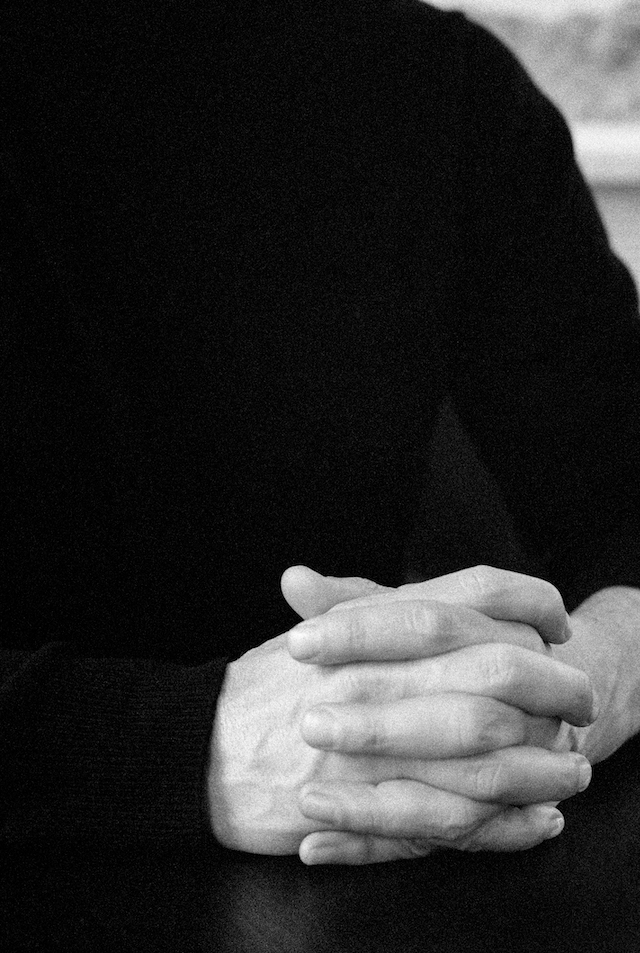
“Our work,” they wrote about the commission, “is a page of a book telling a 1,000-year history of a piece of land, once a synagogue, today a courtyard on Lindenstrasse. We have added nothing to the site that had not been there before. The memorial site is made of rows of concrete benches in the old synagogue – testifying to the loss of the building and the community. As in the Talmudic text, the benches, trees and fire road are different layers of time. What remained of the old synagogue buildings are the benches (placed precisely where their wooden predecessors had been). The destruction is represented by the trees and bushes that have grown over its ruins. The present is marked by the fire road, a requirement of Berlin’s contemporary building regulations. These elements come together to form the layout of a holy script. The trees and bushes which grow between the lines of benches create pauses and punctuation in the text. Walking the narrow passage between the lines becomes an act of reading. This is a story of loss. Benches become graveyard. Lines of graves – lines of text.”
After Berlin, Weizman started his own studio designing sets for the theatre and opera, and carried out a museum conversion in Tel Aviv. “I like to think that one day I might go back to that kind of architecture,” he says now. But in the last decade, Weizman has done something that very few architects have accomplished: He has used his architectural skills to play a part in shifting the political landscape in countries all around the world. It was research, carried out in part by Forensic Architecture, that gave the Greek government the evidence it needed to dissolve the Golden Dawn party for its complicity in the murder of Pavlos Fyssas, the antifascist activist and hip-hop artist who died in 2013. It was Forensic Architecture’s work that forced, in 2020, former Israeli prime minister Benjamin Netanyahu to apologise for the killing of an innocent Bedouin civilian whom he had previously called a terrorist. Forensic Architecture’s graphic reconstructions demonstrated how chemical attacks on Syrian civilians by their own government had inflicted mass casualties. In Bosnia, it traced the operations of the Omarska death camp, and in Colombia, has recently begun work for the country’s truth and reconciliation commission. With the latter, it is attempting to address the traumas of decades of civil strife and the notorious siege of the supreme court in Bogota in 1985, which saw 12 judges killed in a murky stand-off that involved government special forces, Pablo Escobar’s drug cartel and leftist M-19 guerrillas. They have worked in Burundi and Cameroon, Guatemala and Argentina, Myanmar and Ukraine.
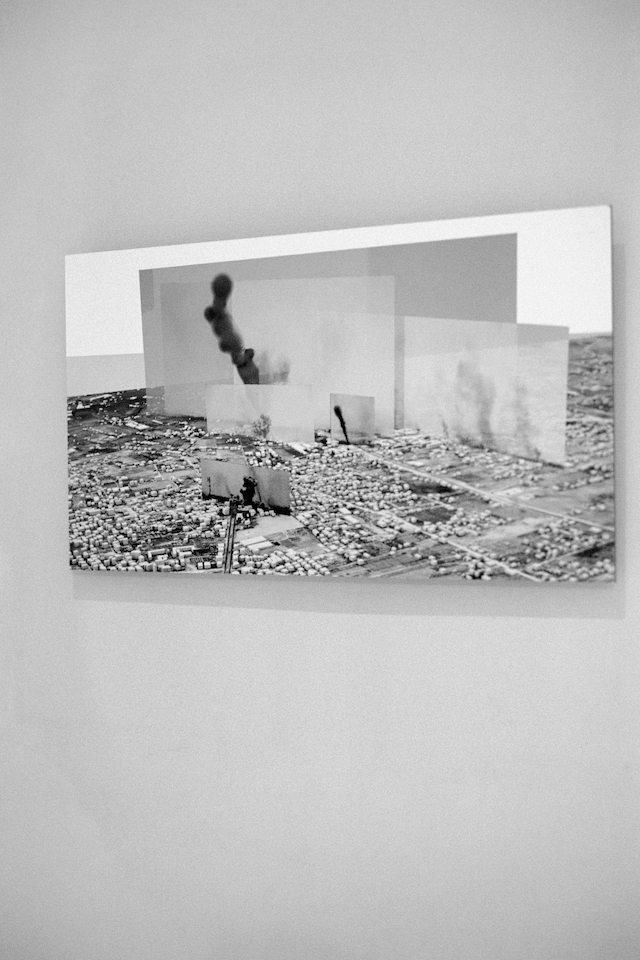
These are projects that have made governments across the political spectrum view Weizman and his organisation with suspicion. He was placed on the US immigration no fly list in the Trump era. The American embassy in London told him that he had been identified as a security threat by an oversensitive algorithm as he was about to travel to Miami for an opening of a retrospective of his work. To resolve this no doubt anomalous situation speedily, he was invited to volunteer any contacts that he might have had that could have provoked the algorithm’s interest, a suggestion that he had no difficulty in rejecting. He has been advised not to travel to Russia or Turkey. At Forensis, the office he recently set up in Berlin to investigate the mass shootings in a Hanau cafe, there is a room that he calls ‘the fridge’, in which all forms of digital equipment are excluded for fear of digital eavesdropping and NSO’s Pegasus spyware. Funded by a mix of research money, grants from human rights organisations and consultancy fees from media outlets such as the BBC, the New York Times and Al Jazeera, Weizman’s team has expanded to include software developers, film makers, scientists and lawyers. It has an audio investigator, a team applying similar approaches to forensic oceanography and simulation technologists.
To present its work as effectively as possible, Forensic Architecture has developed a recognisable tone of voice: calmly authoritative, with a graphic style based on a sans serif font, and a restrained colour palette. It is an academic research institution, dedicated to the dissemination of knowledge, so all its material is made available open source and free of charge. But it is also research that, as Weizman puts it, “produces evidence that is made operative”. It’s applied research, in fact.
Beyond that, it is research with an infusion of the literary sensibility demonstrated in his work for the memorial for a vanished synagogue in Berlin. He describes his presentation to the United Nations on drone strikes in Pakistan, the result of a commission from the British barrister Ben Emmerson, the UN rapporteur on terrorism and human rights, in language that makes that clear. “We went into ruined buildings, where you sometimes saw traces of shrapnel on the walls of a room, and in some places, you could see the contours of a body, where shrapnel had been absorbed, by human tissue, leaving a mark like the shadow of a human figure.” He calls his work “an archaeology of the present”, and is fully conscious of the political uses of archaeology which has been exploited by so many regimes attempting to define who belongs, and who does not. “Like all archaeology, it has so many possible readings,” he notes.
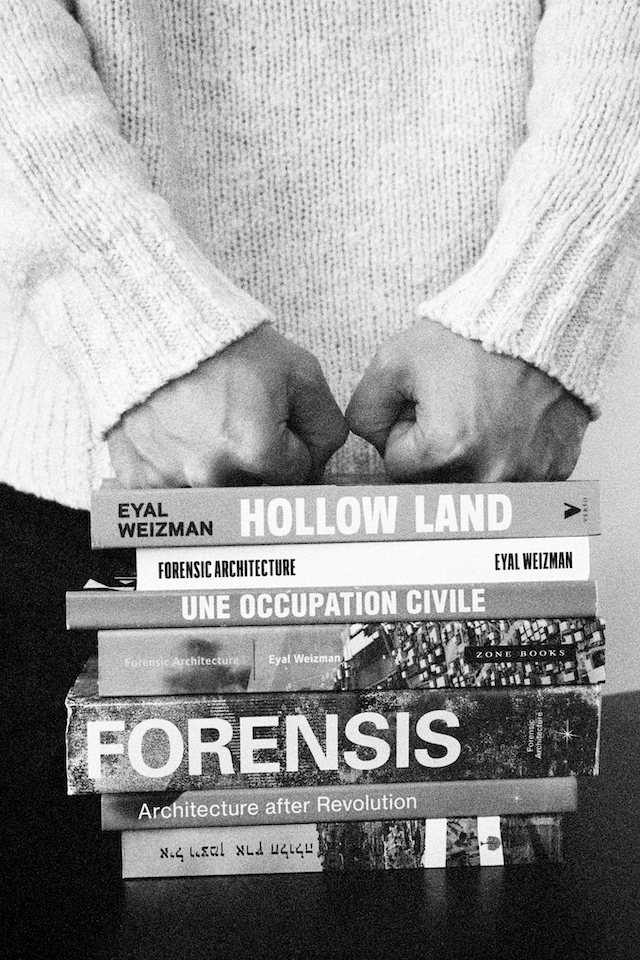
In the case of his work in Pakistan’s border provinces, where George W Bush had denied any drone strikes had taken place, Forensic Architecture demonstrated they had in fact caused at least 2,000 deaths, 400 of them civilians.
Weizman had been drawn to a life as a writer as well as to architecture before he first came to London. But he describes the turning point in his career as the assassination of Yitzhak Rabin by a right-wing Israeli fanatic in November 1995. On the day of the killing, Weizman had taken part in the demonstrations in Tel Aviv in support of Rabin and the signing of the Oslo Accords. His response to this onslaught on the first genuine prospect of a settlement between Israel and Palestine was to volunteer to work at the Palestine Liberation Organization’s civic administration’s planning office. He joined a team staffed mainly by well-meaning Scandinavians with little local knowledge and Palestinians denied access to the maps of their settlements. Weizman was able to use his privileges as an Israeli citizen to bring in the most basic of planning tools, without which planning was a practical impossibility.
His experience with the Palestinians was the start of the process that eventually led to Weizman setting up Forensic Architecture. It also transformed Weizman himself, from the teenager who embarked on pilot training when he was called up for military service in the Israeli Defence Force, to a refusenik, whom the Netanyahu government seemingly decided was not worth prosecuting for fear of the publicity the case would attract.
Weizman’s work first gained international attention at the Venice architecture biennale of 2002. To the anger of the government, the Israeli pavilion display Borderline Disorder included Weizman’s maps documenting the full extent of the contested West Bank settlements. They seemed to reveal a deliberate geopolitical strategy for the permanent subjugation of any emerging Palestinian state. According to Weizman, even though the settlements occupied just two per cent of the territory, their political boundaries formed almost 42 per cent of the land.
After completing his PhD, and a spell teaching, Weizman went on to set up Forensic Architecture at Goldsmiths University in London in 2010. The concept was based on an idea that came to him when he was writing his book The Least of All Possible Evils. He read the work of Marc Garlasco, a former American intelligence analyst who had been involved with targeting Saddam Hussein’s leadership cadres.
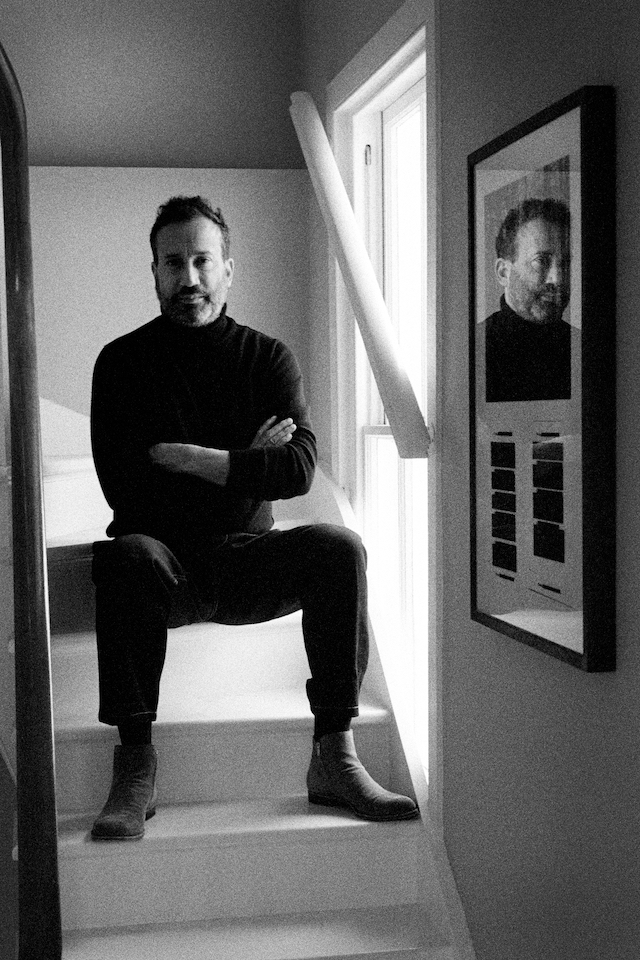
Garlasco’s job during the 2003 invasion of Iraq was to design ways of killing no more than 29 people at a time. “If you’re going to kill up to 29 people in a strike against Saddam Hussein, that’s not a problem,” Garlasco claimed. “But once you hit that number 30, we actually had to go to either President Bush, or Secretary of Defense Rumsfeld.” Since most of the Ba’ath Party hierarchy were known to be in hiding in high-rise civilian buildings rather than in underground bunkers, Garlasco’s task was to target them with enough precision not to make a complete building collapse, or bring down neighbouring structures.Garlasco had left the Defence Intelligence Agency in a dramatic change of heart, to work for Human Rights Watch. He became an analyser of, rather than, in Weizman’s words, “a designer of ruins”, to determine who and what had caused them. Or as Weizman puts it, “Only a criminal can solve certain crimes, and I like those moral paradoxes. I referred to him as a ‘forensic architect’, as forensics are a repressive tool. I wanted to see if there could be such things as counter forensics, turning logic from the system into a tool in the hands of people who are oppressed, to find verifiable, independent knowledge.”
What made Forensic Architecture’s approach different from other investigators was its adoption of architectural modelling techniques to explore the traces left by violence. These are sometimes physical. A building that collapses in on itself, leaving a pyramidal ruin, may suggest a missile attack rather than a truck bomb. If there are pocket holes around the windows, there may have been a firefight, and it could have been a legitimate target. Traces of tank exhausts on the walls tell another story.
Other traces are in the digital record; satellite pictures, geo-positioning data from mobile phones, and above all, the records embodied in social media. “We started in 2011, the year of the social media revolution, and that is what defined us. Images from conflict zones suddenly went from a trickle to a flood. In one of our cases in Gaza, we worked with 7,000 different videos,” says Weizman.
“Architectural models can be the most useful means for understanding multiple media, often taken from different directions. We use the model as a navigational tool. We never cut films; we use every film in its entirety, not splicing or cutting.” He is quick to point out that his techniques are not new and have their roots in such architectural ideas as Zaha Hadid’s parametrics, and the urban analysis of Rem Koolhaas. “We are mining the delta between what architects do with these techniques, and what they could do,” he says. Forensic Architecture uses multiple viewpoints to reconstruct a fleeting moment in time, such as the instant of an explosion, or the decision of a policeman to shoot at an unarmed man. Picasso’s ‘Guernica’ did something not that far removed, and for a similar purpose. Weizman agrees that “Cubism is an analogy.”
Forensic Architecture’s visibility has given it more possibilities than it can possibly deal with. “We have 20 proposals for every one that we can take on. We ask ourselves, can we add something? We don’t take on cases that we know how to do already. We would pass that on to somebody with local knowledge, and brief them. We like to develop new techniques. We also ask ourselves, is it a case we could make a greater point with? Is there a social movement that can analyse the outcomes? Otherwise, we are simply technicians.”
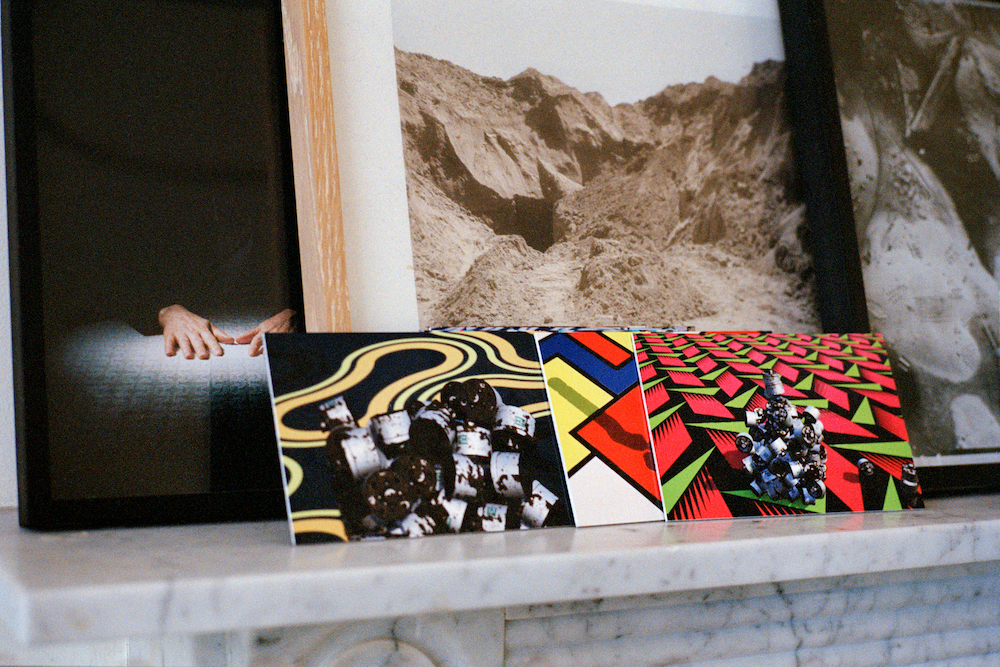
Publicity for Forensic Architecture has made Weizman face an unexpected dilemma. How much is what he does a scientific method, and how much is it a cultural expression? When he was nominated for the Turner Prize in 2018, he tweeted: “Very surprised and a little overwhelmed. Will it help promote FA’s cause and investigations (what matters) or get us subsumed within the arts-financial-complex?”
He thought hard about whether to accept the nomination, and run the risk of being seen as somehow frivolous by some of the clients and collaborators for whom the prime objective was to achieve justice, rather than to make a cultural statement. “We decided to go ahead, because we could use the money from the Tate and the platform it provided to explore something that we could not otherwise have done. Some people think that we have been captured by the machine, but you make use of opportunities. We can mine avant-garde tradition. The art world is what it is, commercialised, not always serious, but it can also be amazing, a profound reflection of what you are doing, rather than a corrupting influence.”
Weizman wryly notes how every succeeding Turner Prize shortlist has featured at least one individual or group previously associated with Forensic Architecture: most recently Cooking Sections, which uses its techniques to explore the impact of industrial food production.
“Regimes are realising that these methods exist. Our work is a long game, dependent on continuous growing pressure from different directions. In Israel they try to find different ways to cover up evidence, but there has never been a case yet in which we have lost on evidence versus evidence.”
Photography Daniel Castro Garcia
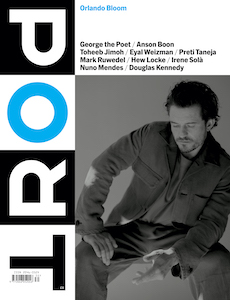
This article is taken from Port issue 30. To continue reading, buy the issue or subscribe here
